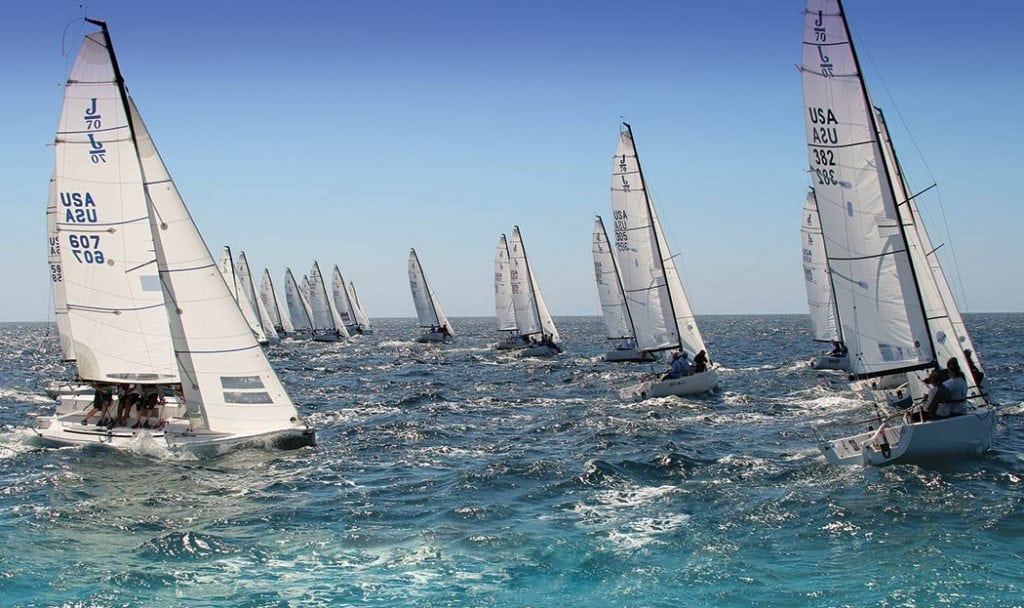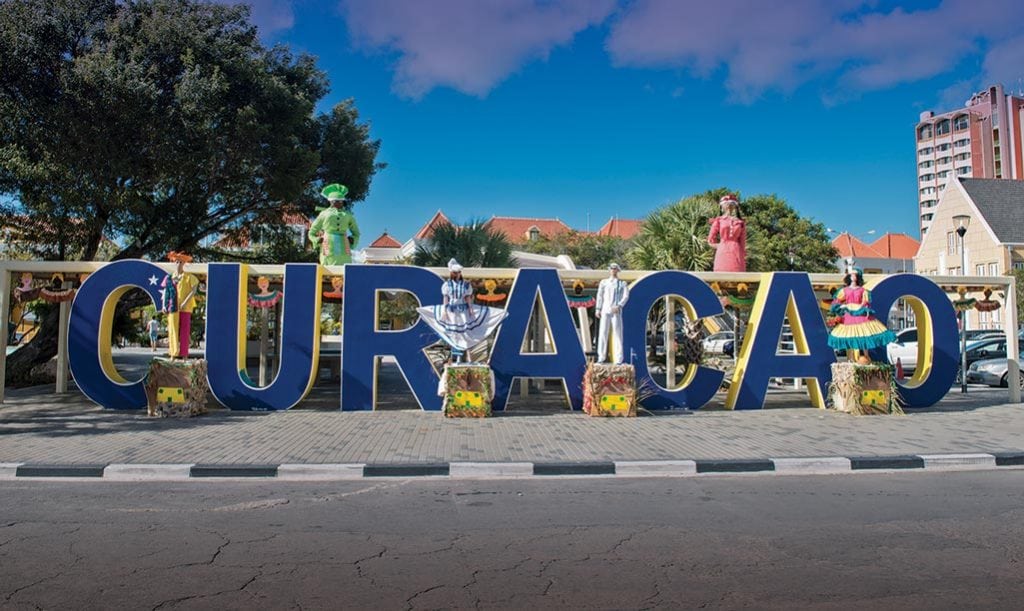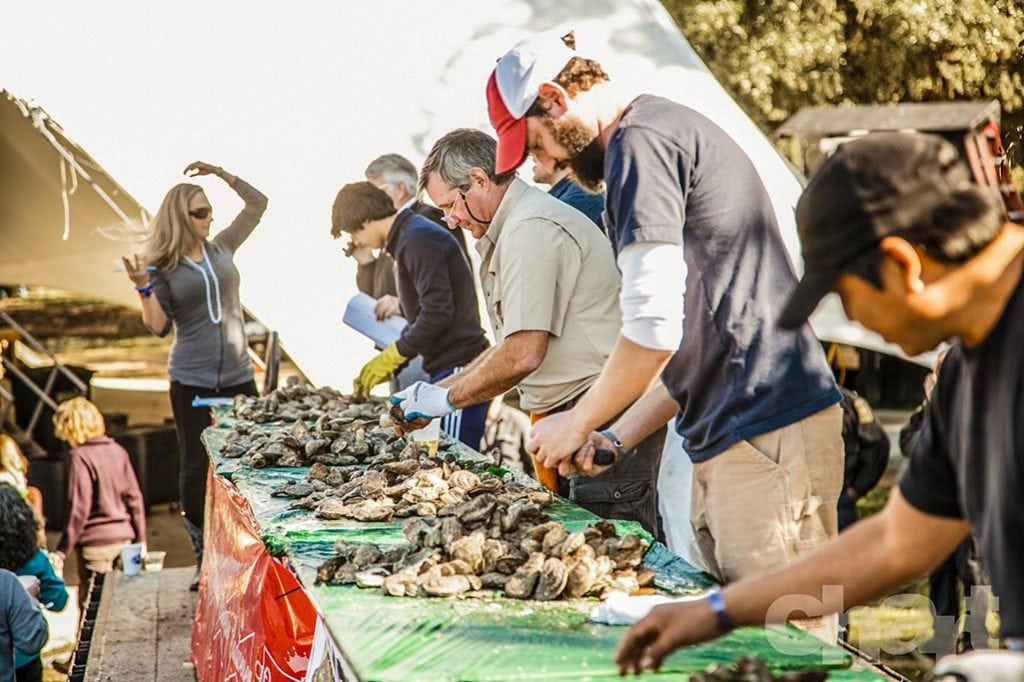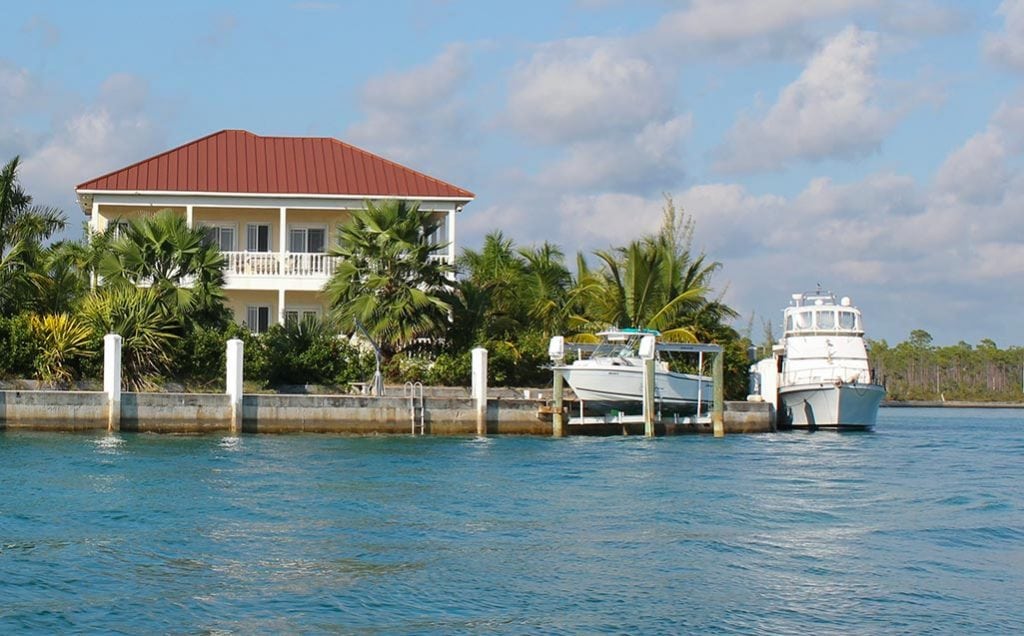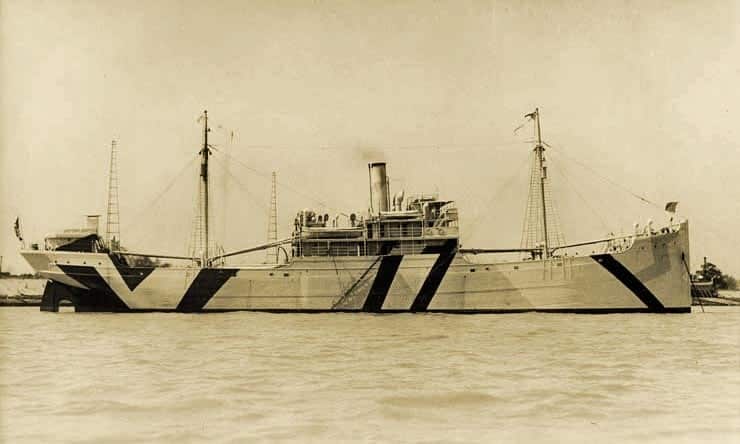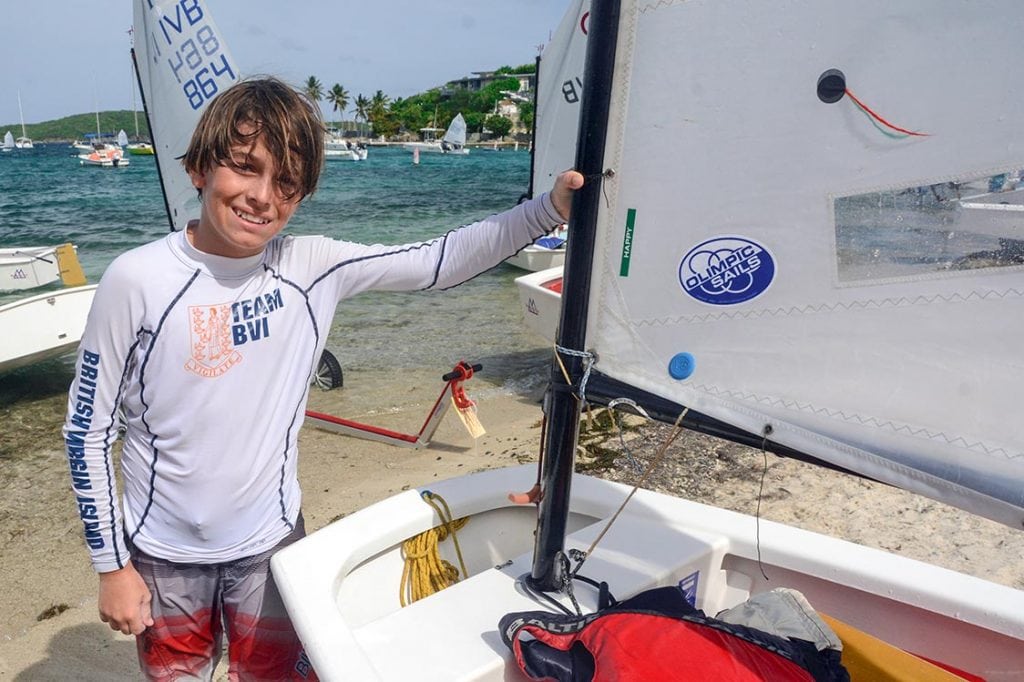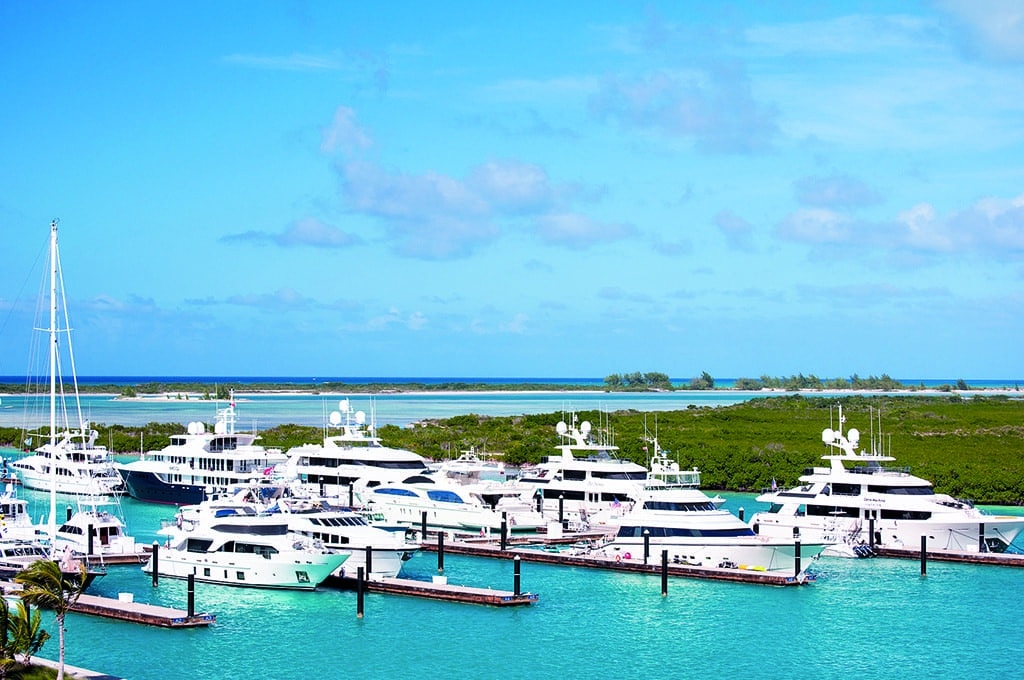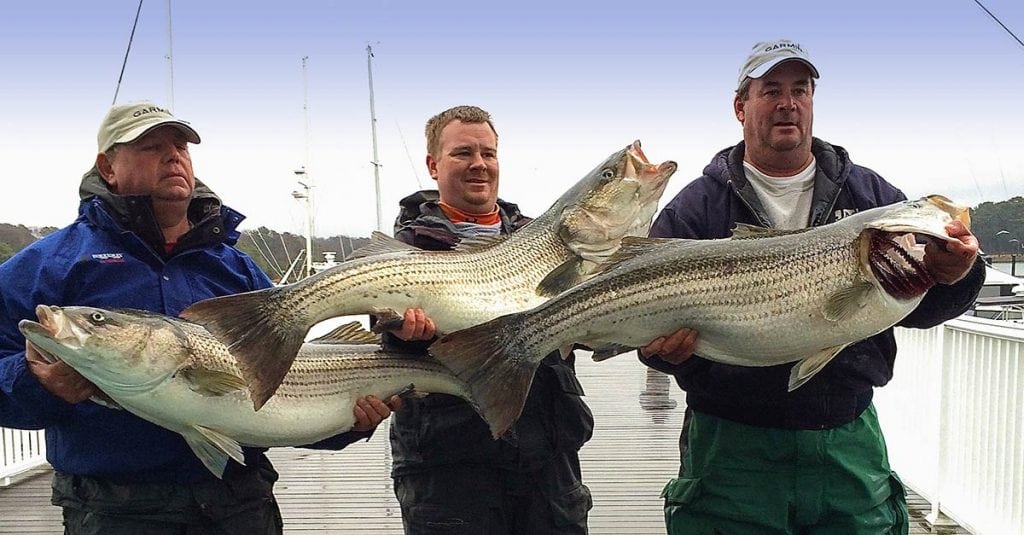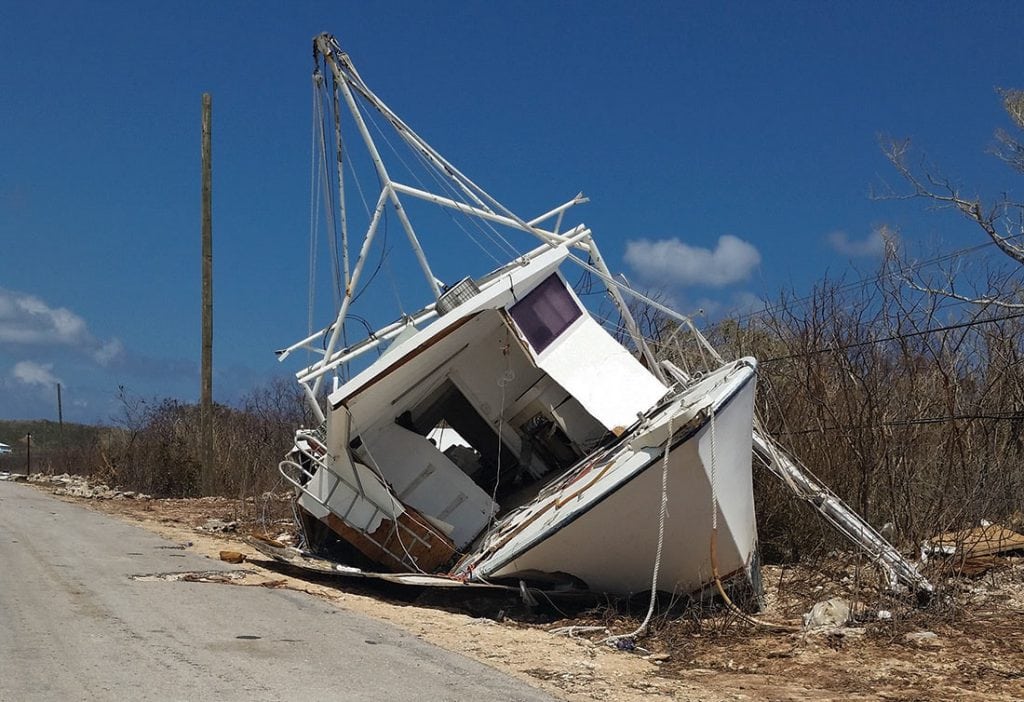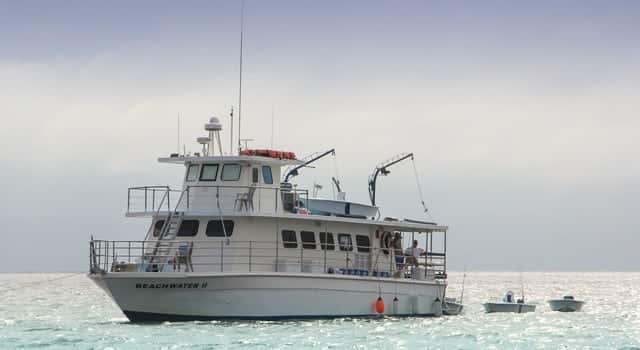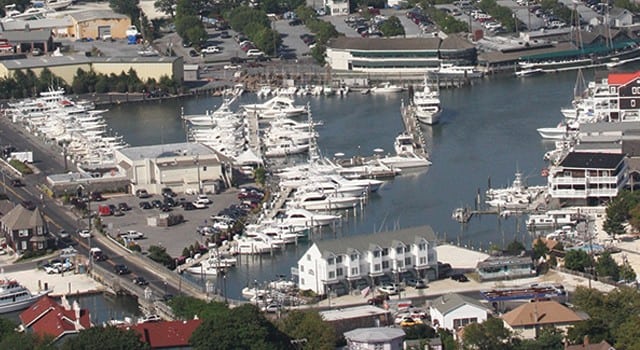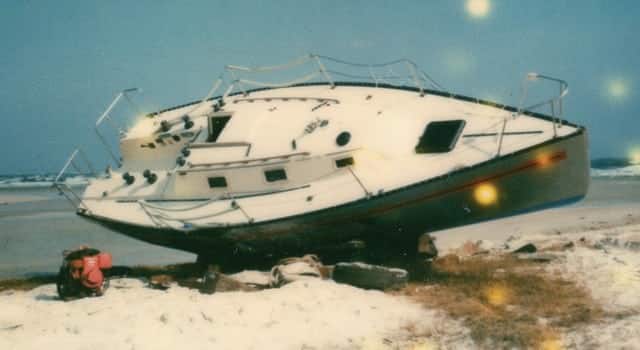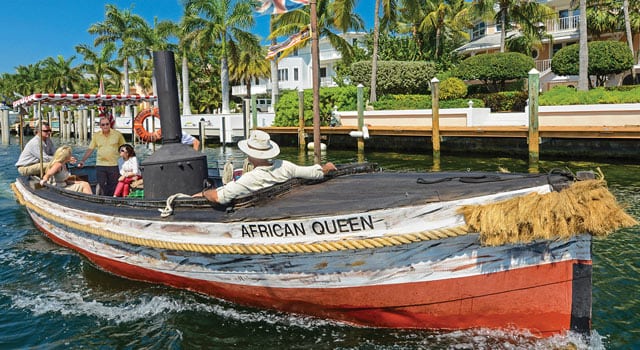Destinations
Destinations: Looking for information for your next cruising destinations? Whether you’re planning a sail in the Caribbean or summering in Newport, our destinations resources will help you plan the perfect excursion. Our expansive cache of destination information includes Monthly regional reports filled with seasonal tips and travel itineraries, Local knowledge on great boating locales, Cruiser resources—complete with photos, Insider tips, marina information and more!
Mark your 2016 cruising calendar with these regattas for a year’s worth of fun.
With boating season warming up on the Texas Gulf Coast, thoughts are turning to cruising destinations with white sandy beaches...
Read moreDetailsA Musical Awakening in Curaçao
Curaçao awakens the senses According to a number of scientific studies, the brain of a person who’s born blind or...
Read moreDetailsLowcountry Oyster Festival
If you love oysters and a good time, The Lowcountry Oyster Festival at Boone Hall Plantation near Charleston, South Carolina...
Read moreDetailsCatch an air show from the comfort of your own boat.
Deep in the heart of winter on the Gulf Coast, boaters already begin to plan their upcoming on-the-water adventures. New...
Read moreDetailsGo for the grand on Grand Bahama
While the majority of yachtsmen enter The Bahamas through Bimini, Cat Cay or simply clear in at West End and...
Read moreDetailsMallows Bay to be a National Marine Sanctuary
With support from the state of Maryland, NOAA has declared its intent to designate Mallows Bay as a National Marine...
Read moreDetailsRegattas for all seasons
Wind, warmth and wondrous line-of-sight navigation make the Caribbean one of the most spectacular places in the world to sail....
Read moreDetailsIGY Marinas, “Inspire Giving Through You”
Start off your year just right by upholding your community service resolution. IGY Marinas, the worldwide marina network, presents its...
Read moreDetailsRockfish Shootout
Hearty anglers in search of a good striped bass bite should find that and more at this year’s 13th...
Read moreDetailsHurricane Joaquin
Hurricane Joaquin was the dominant event this fall in The Bahamas. The brutal, slow-moving hurricane suddenly went from a category...
Read moreDetailsMotherships Expeditions
Dean Gladney has been running his 65-foot custom charter boat Beachwater II south into the Mississippi Sound from Biloxi for...
Read moreDetailsBone Up On Your Boating Skills
Bone Up on Your Boating Skills and then enjoy the Tides. With cooler temperatures prevailing in the Mid-Atlantic region, it’s...
Read moreDetailsSouth Jersey Marina, New Jersey
Tucked in New Jersey’s Cape May Harbor, South Jersey Marina has easy access to the Atlantic Ocean, Delaware Bay and...
Read moreDetailsThe Last Lightship
There has been a run of deadly accidents and weather events during regattas on all of the United States’ coasts...
Read moreDetailsMovie star cruises Key Largo canals
Movie star cruises Key Largo canals. An old steam engine sputters along the canals of Key Largo, Florida these days....
Read moreDetails

